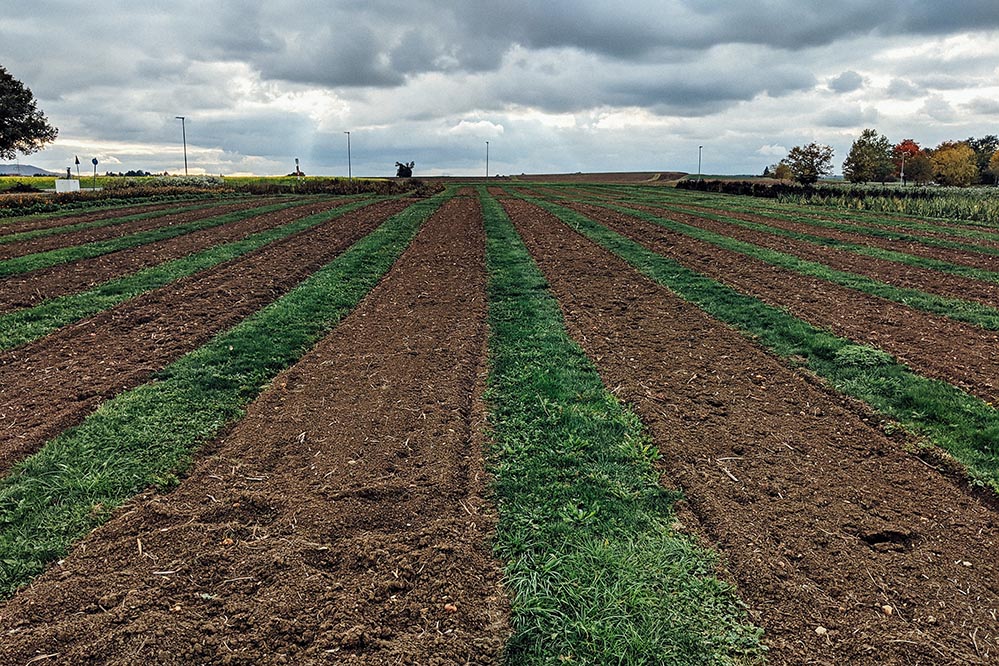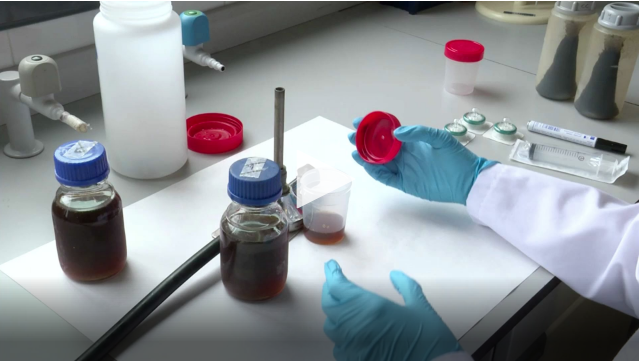BLOG | Bluephage
First regulation in a European Member State requesting to measure somatic coliphages in sludge treatment

An ordinance of April 20, 2021, published in the JO Legifrance of May 27, specifies the methods for spreading sludge from urban wastewater treatment.
This text determines that each batch must be analyzed for somatic coliphages before and after treatment. If the initial concentration of somatic coliphages is less than 10^4 PFU/g of raw material, the concentration of somatic coliphages after treatment must be below the method’s detection limit.
This text modifies the decree of April 30, 2020, which introduced the sanitization of sludge before spreading in the emergency of the first containment, plunging the communities in charge of their treatment, especially the smaller ones, into technical and financial difficulties. The decree adds two cases in which “sludge extracted after the onset of exposure to the risk to Covid-19” may be spread on agricultural land.

The first case concerns sludge that has undergone “liming with a minimum lime incorporation rate of 30% CaO/MS equivalent, followed by storage for at least three months”, “solar drying with or without underfloor heating to reach a minimum dryness of 80%” or “mesophilic anaerobic digestion followed by storage for at least four months”. For all sludge treated in this way, the decree specifies that “it is necessary that, for each batch of sludge to be spread, the treatment applied has made it possible to obtain a somatic coliphage elimination rate greater than or equal to 4 log”.
Each batch must be analyzed for somatic coliphages before and after treatment. “If the initial concentration of somatic coliphages is less than 10^4 PFU/g of raw material, the concentration of somatic coliphages after treatment must be below the method’s detection limit,” it states.
For these three treatment methods, the operating conditions must be subject to “monitoring of the rate of lime incorporation in the sludge, sludge dryness and storage time for liming”, “monitoring of sludge dryness for solar drying, and “monitoring of sludge residence time in the digester, temperature during digestion and storage time after leaving the digester, for mesophilic anaerobic digestion.”
The second case applies to “sludge extracted after the onset of exposure to covid-19 risks, if it is obtained after wastewater treatment by lagooning or rhizofiltration or if it has been treated by rhizocomposting. Sludge should be extracted after the treatment system has been left at rest for at least one year, without causing any malfunction of the wastewater system.


